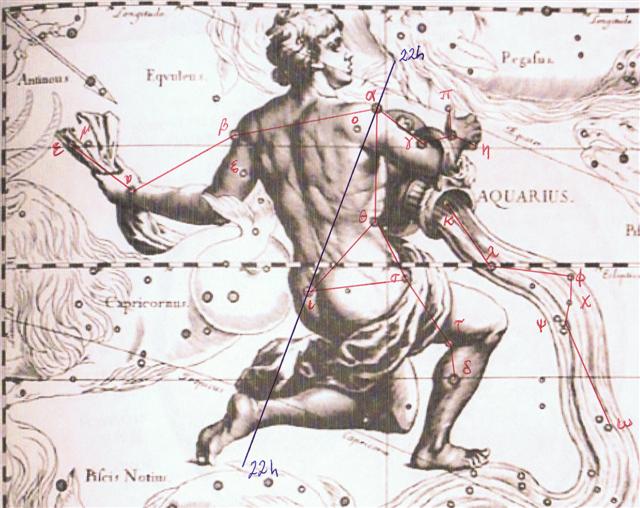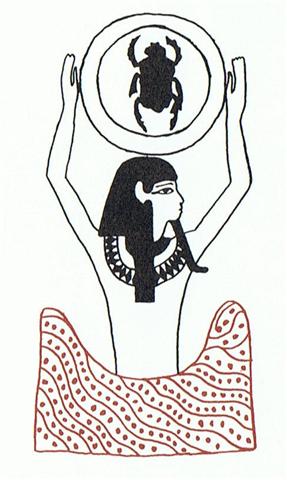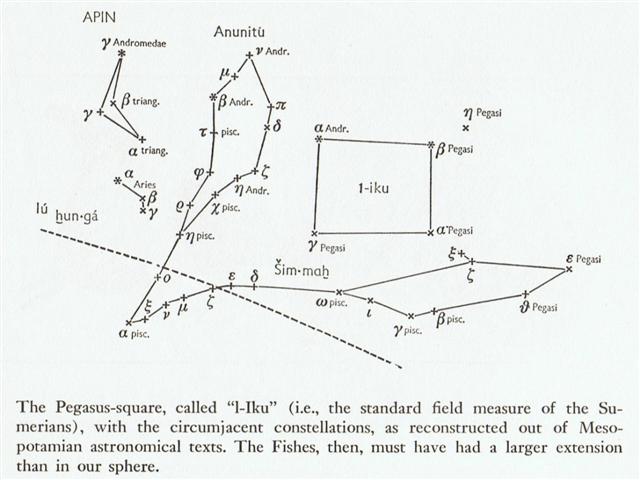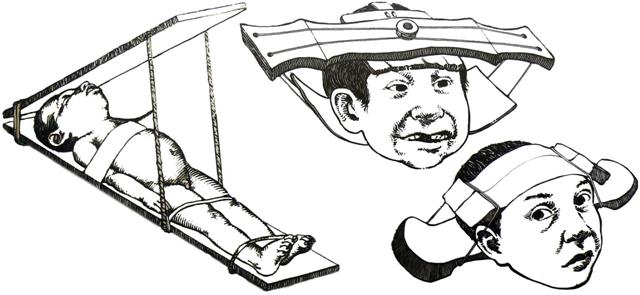What then should the creator of the G text do with this situation, with the constellations no longer in their proper positions as coordinated with the Sun? Perhaps his 'beginning of water' was at the π glyph Gb2-27 and his 'end of water' at Gb4-17. 417 - 227 = 190 = 10 * 19. 364 - 190 = 6 * 29. 417 = 53 + 10 * 19 + 6 * 29.
Gb2-27 is glyph 53 on side b, where once upon a time in late DECEMBER the star λ Aquarii rose with the Sun - nowadays however in early March:
At the very special Gb4-16 we could count 471 - 336 = 135, which could allude to heliacal Tau-ono in May 15 (135). However, we should first look at the glyphs between Gb4-7 and Gb4-13 (where we could count 413 - 47 = 366):
At the time of the Hyades Gate the date corresponding to my designation FEBRUARY 12 (408) ought to have been 'standing out in the water', because the Rainy Hyades would come later, with Hyadum I (γ Tauri) rising with the Sun 36 days after day 408, in MARCH 20.
The Chorti diviners went to a sacred spring in February 9 (40) and their 5 stones could have needed 5 days to fetch, with this work being completed in 2-14, i.e. in day 410 (= 45 + 365) corresponding to Gb4-10. Gb4-10 at heliacal Alrisha, the Knot in Pisces, could have been the place of birth of a new year, and in front we can perceive a narrow angular Sun arm with a 'fist' raised high.
2 * 68 = 8 * 17 = 136. Hipu in Gb4-17 could illustrate water of birth. May 16 (136) was where the Sun rose with Atlas.
... Fakataka [making a cycle] swims and swims, reaching another land. She goes there and stays on the upraised reef in the freshwater pools on the reef, and there delivers her child, a boy child ... I discovered, when reading Allen, that Hamal ruled the 3rd Babylonian ecliptic constellation. And I guess their 1st such just had to ruled by the Lady of Heavens: ... Though Andromeda has its roots most firmly in the Greek tradition, a female figure in Andromeda's place appeared in Babylonian astronomy. The stars that make up Pisces and the middle portion of modern Andromeda formed a constellation representing a fertility goddess, sometimes named as Anunitum or the Lady of the Heavens ...
Furthermore: "...when Aries became chief of the zodiac signs it took the Akkadian titles Ku, I-ku, and I-ku-u, from its lucida Hamal, all equivalent to the Assyrian Rubū, Prince ..." The name of the young Prince of Denmark, Hamlet ('small village'), could allude to the star Hamal. ... There was once an Indian who was married and the father of a boy and a girl. The Trickster, who wanted to appropriate his fine garments and his wife, persuaded him to go and fetch eaglets from the top of a high peak. The Indian took off his clothing and started to climb up the cliff, which he found quite an easy task, since the way to the nest was like a stairway. But the Trickster commanded that the peak increase in height. He made the sides completely smooth so that the Indian was unable to come back down and remained stranded at the top. The Trickster did not attempt (as in Salish mythology) to assume the outward appearance of his rival. He related what had happened but said nothing of the part he himself had played, and claimed that the hero, before disappearing, had told him to take care of his wife and children. The wife consented but it was not long before her new husband started to scold his stepchildren without cause or reason. Such is the feeling with the stepfather or stepmother for children. The woman, who loved her children and was unhappy to see them being ill-treated, decided to divulge the suspicious circumstances in which her husband had disappeared. Everybody went to the foot of the peak which was strewn with beads; these were the tears shed by the hero who had wept for days and nights. They called upon the wild geese to help: they flew to the top, put the man on their backs and landed him safely. He was at once comforted and cared for; he recovered his health and strength. He then set off to look for his wife and children; he found them again and gave them food, for his rival had deprived the children of food in the hope that they would quickly die of hunger. The hero then hid in a meat sack, jumped on the Trickster and killed him. The corpse was cut up and the pieces scattered. However, the Trickster came back to life. He went away and stopped to rest by a lake, and meditated on death: should death be final or not? On seeing that a stick, then a buffalo turd, and lastly a piece of pith remained afloat after he had thrown them into the lake, he opted for resurrection. However, when a pebble sank, he reversed his decision. It was better that people should die, he concluded, otherwise the earth would quickly become overpopulated. Since that time, people only live for a certain period and die for ever ... And the Pegasus Square was named 1-iku by the Babylonians:
The 'Back of the Head of Ku' then reminded me of the strange bird heads close to the end of side b, and looking again in Allen I found the 4th Babylonian ecliptic station, Temennu:
The creator of the G text may have used his deformed bird heads to allude to the Head of Ku, which maybe ended after a month when the Sun reached the Pleiades. 136 - 64 = 72 (MARCH 13).
|
|||||||||||||||||||||||||||||||||||||||||||||||||||||||||||||||||||||||||||||||||||||||||||||||||||||||||||||||||||||||||||||||||||||||||||||||||||||||||||||||||||||||||||||||||||||||||||||||||||||||||||||||||||||||||||||||||||||||||||||||||||||||||||||||||||||||||||||||||||||||||||||||||||||||||||||||||||||||||||||||||||||||||||||||||||||||||||||||||||||||||||||||||||||||||||||||||||||||||||||||||||||||||||||||||||||||||||||||||||||||||||||||||||||||||||||||
















